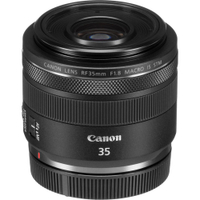Digital Camera World Verdict
For me, the Canon RF 35mm F1.4L VCM was love at first sight. The older Canon EF 35mm f/1.4L II USM was ‘the’ go-to lens for many a professional photographer but the new RF edition is smaller, lighter, less expensive to buy and, most importantly, even better. It’s also equally adept at stills and video, making it a dream lens for hybrid shooters.
Pros
- +
Spectacular image quality
- +
Click-step control ring up front
- +
Stepless aperture ring at the rear
- +
Great for both stills and video
Cons
- -
Limited aperture ring compatibility for stills
- -
Relies on in-camera distortion correction
- -
Pricey to buy
Why you can trust Digital Camera World
Let’s jump back in time to 2015. Canon launched the EF 35mm f/1.4L II USM for DSLRs and it became a firm favorite with pro photographers all over the world. There are doubtless many who still use this lens via a mount adapter, after swapping to an EOS R system camera, simply because it’s still so superb. But now there’s a good reason to trade it in, and that reason is the new RF 35mm F1.4L VCM. It brings a feast of new features and handling exotica while, somewhat remarkably in this day and age, being less expensive to buy in the current market. The new RF lens is also designed for hybrid shooters, so with the current vogue for pro photographers to be able to turn their hand to video as well as stills, it’s got a lot going for it and is destined to be one of the best Canon EOS RF lenses. Let’s take a closer look.
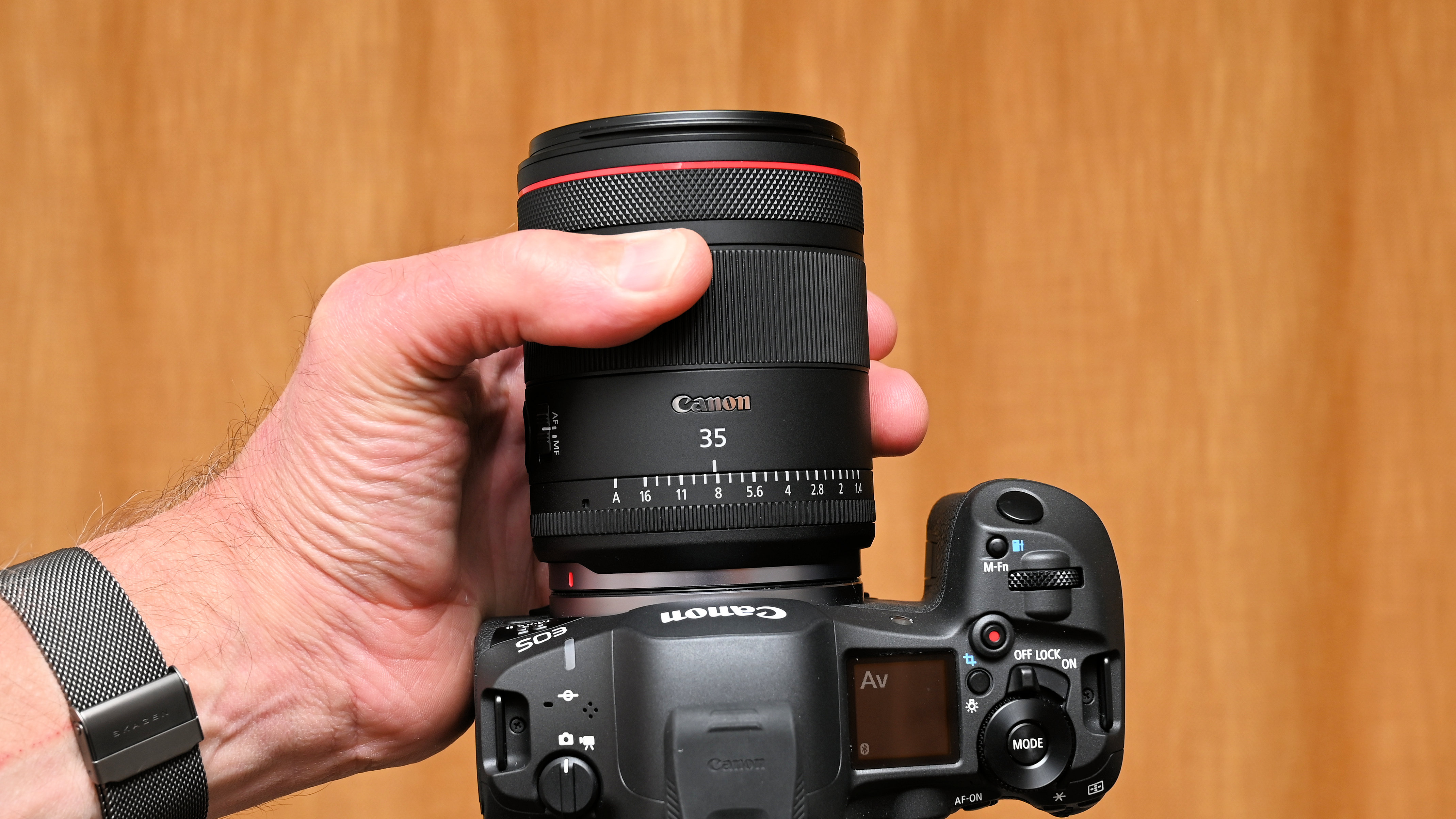
Canon RF 35mm F1.4L VCM: Specifications
| Mount options | Canon RF |
| Lens construction | 14 elements in 11 groups |
| Angle of view | 63 degrees |
| Diaphragm blades | 11 |
| Minimum aperture | f/16 |
| Minimum focus distance | 0.28m |
| Maximum magnification | 0.18x |
| Filter size | 67mm plus gel holder |
| Dimensions | 77x99mm |
| Weight | 555g |
Canon RF 35mm F1.4L VCM: Price
The Canon RF 35mm F1.4L VCM has a launch price of $1,499/£1,819/AU$2,699 and there’s no getting away from the fact that it costs a big chunk of money. Even so, the Canon EF 35mm f/1.4L II USM, created for DSLRs back in 2015, currently lists for around $1,999/£2,199/AU3,200, making the older lens considerably more expensive. On the face of it, that makes the RF prime look a bit of a bargain. However, look elsewhere and the excellent Sigma 35mm f/1.4 DG DN | Art for Sony E and Leica L-mount cameras only costs around half the price, at $769/£769/AU$,1387. That’s a bit of a moot point, as the Sigma lens isn’t available in Canon RF mount (maybe one day, we can only hope). In Canon’s own-brand stable, there’s the Canon RF 35mm F1.8 IS Macro STM at $499/£529/AU4839. While it’s an excellent lens (I own it and love it) that adds optical image stabilization and a 0.5x macro facility, it’s certainly not in the same class as the f/1.4 primes.
Canon RF 35mm F1.4L VCM: Design & Handling
The Canon RF 35mm F1.4L VCM is designed as a true hybrid lens for both stills and videography. The most obvious giveaway is that it has a stepless aperture control ring towards the rear, in addition to the often featured click-step customizable control ring of Canon RF lenses, positioned at the front. Click-step aperture control is an obvious choice for the front control ring but that’s certainly not the only option. It would seem only natural that you could use the dedicated aperture control ring for both video and stills, but it only works for video with most EOS R system bodies. It did work for stills as well as video when I tested the lens on an EOS R5 Mark II, and presumably this is the case for the equally new EOS R1. For older cameras, I’d hope that Canon makes the dual functionality available via firmware updates.

Either way, there’s an iris lock switch on the barrel of the lens, which I always feel is a welcome addition for any lens that features an aperture control ring. Naturally, you don’t want to be adjusting the aperture by accident, only when you really want to.
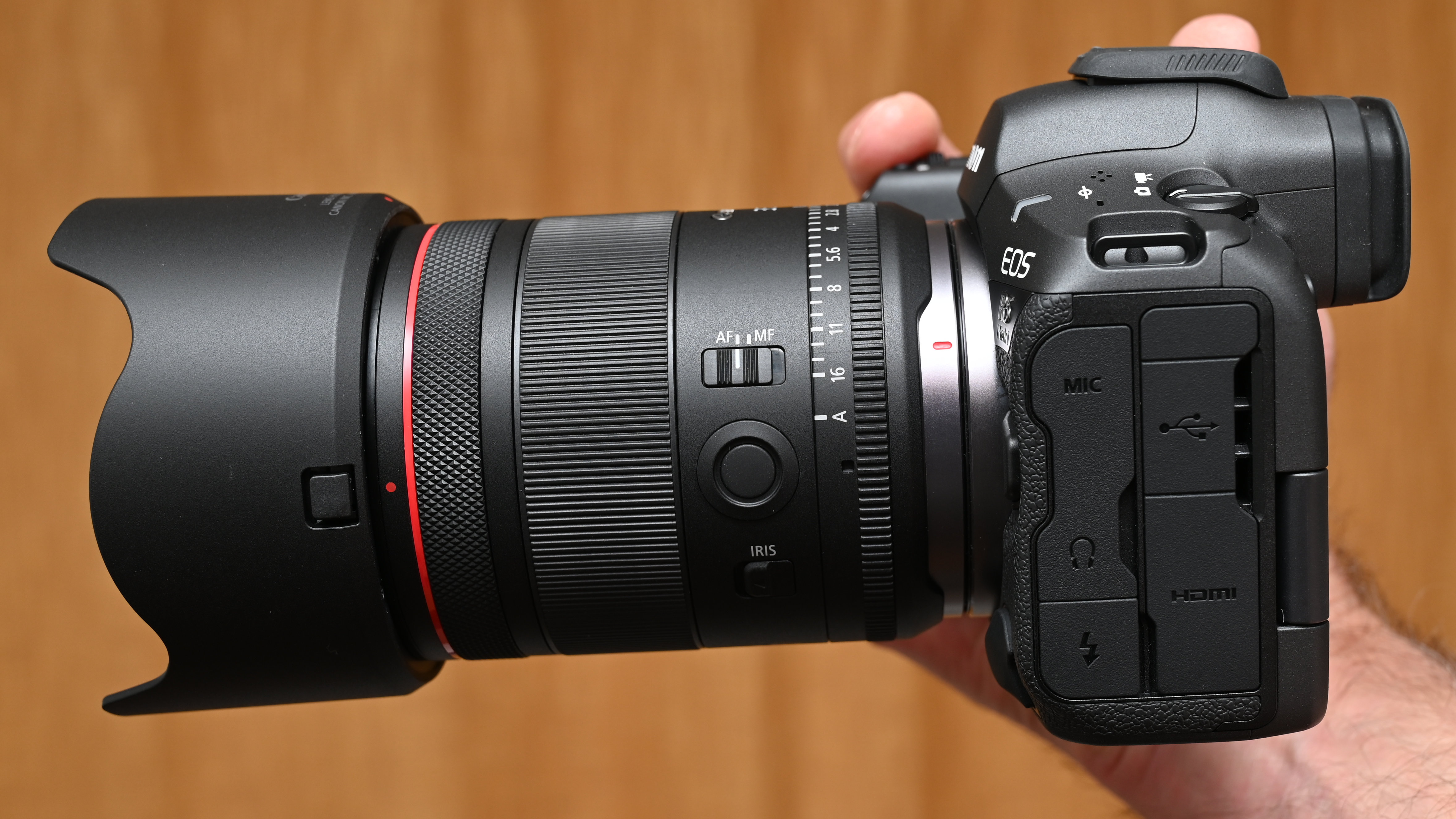
Then there’s the ‘VCM’ in the lens’s title, which stands for Voice Coil Motor. This is featured for autofocus, but the lens actually also includes Canon’s Nano USM autofocus drive as well. The upshot is that it aims for super-fast autofocus performance for stills as well as virtually silent, ultra-smooth autofocus for shooting video. Unlike in the older EF lens which had ring-type ultrasonic autofocus (certainly not ideal for video with its snappy action), there’s no focus distance scale in the new RF lens, as fully expected.
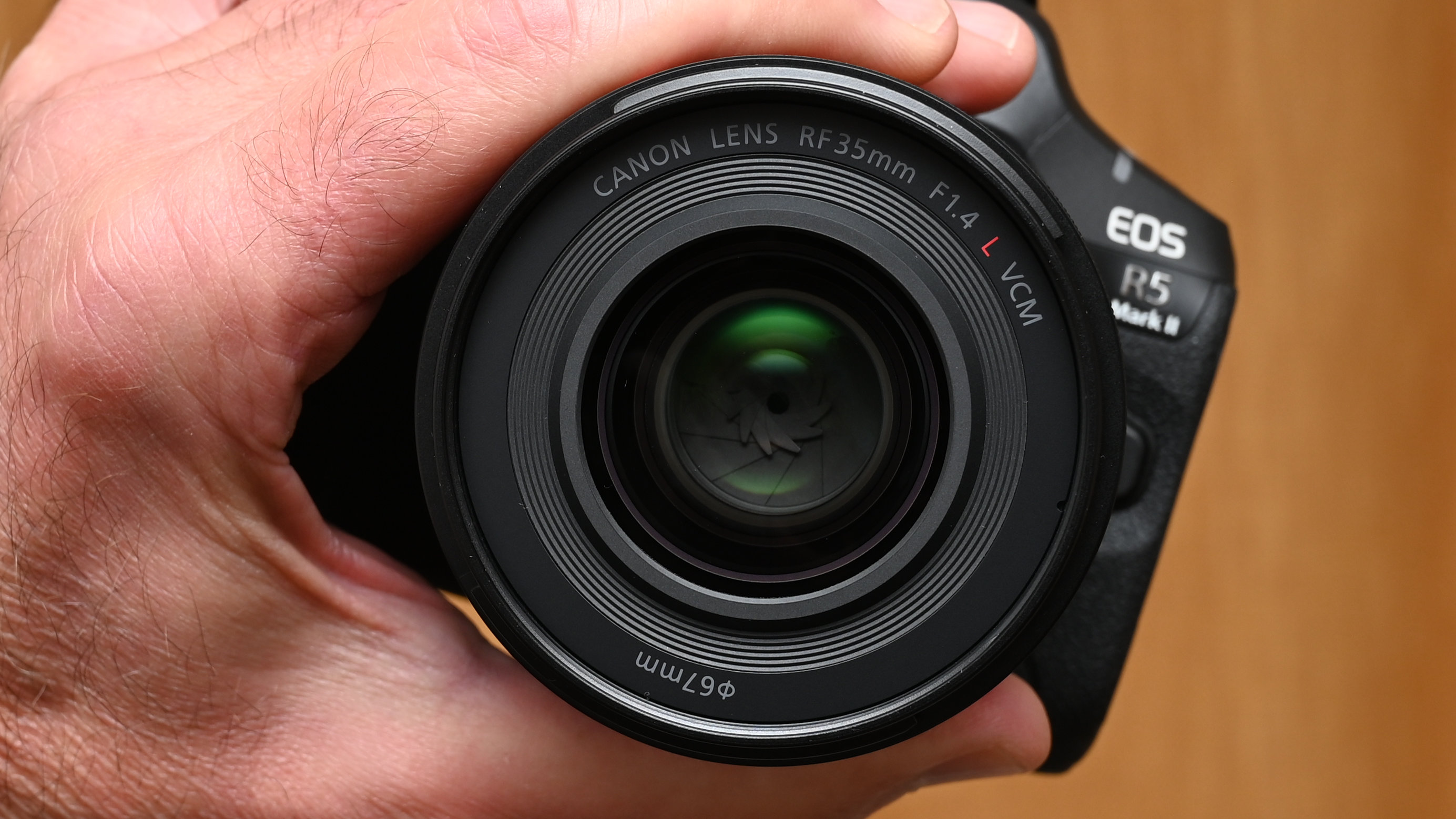
Further switches on the barrel include an AF/MF focus mode switch, so you can quickly and easily make the change without resorting to in-camera menus. A customizable function button is also on hand, which I’d usually use for AF-hold. A noticeable absence in the feature list is optical image stabilization. You’ll only miss it if you’re shooting with one of the few Canon full-frame EOS R system cameras that lack IBIS, including the veteran EOS R and EOS RP, and the newer EOS R8, or in the unlikely event that you’re using this expensive lens as a ‘nifty fifty’ on an APS-C format Canon EOS R system body apart from the EOS R7. When mounted on an EOS R system camera that features IBIS (In-Body Image Stabilization), Canon claims that the lens enables 7-stop stabilization performance.

The optical line-up is based on 14 elements in 11 groups, exactly the same count as in the old EF 35mm f/1.4L II USM lens. The new lens boasts two GMo (Glass Molded) aspherical elements and two UD (Ultra-low Dispersion) elements. Canon’s high-tech ASC (Air-Sphere Coating) is applied to minimize ghosting and flare, as well as the more conventional Super Spectra Coating. A water/oil-repellant fluorine coating is applied to the front element. Build quality feels resoundingly good and features multiple weather-seals, as with most Canon L-series lenses.

Similarly, the petal-shaped hood isn’t sold separately as an ‘optional’ extra, as is usually the case with Canon’s non L-series lenses. The front filter thread is a modest 67mm in size, down from 72mm in the EF lens, and this time around there’s also a gel filter carrier that fits into the rear of the lens.

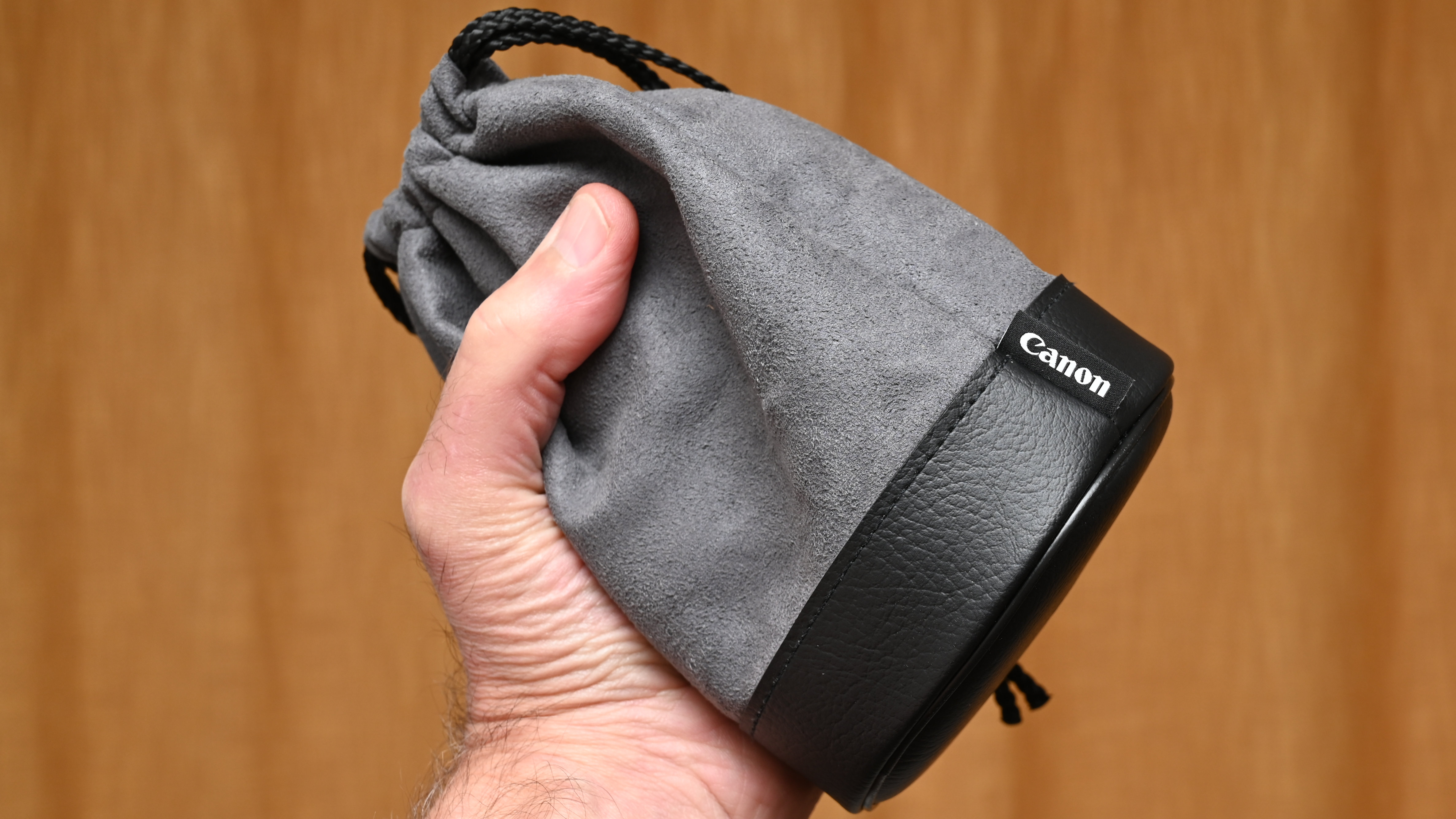
Canon RF 35mm F1.4L VCM: Performance
The dual-motor Nano USM and VCM autofocus system works a treat for both stills and video, as advertised. Coupled with a Canon EOS R5 Mark II that I used for testing, autofocus proved to be wonderfully accurate all the time, every time. Helped along by IBIS, I got pretty much a 100 per cent hit rate for super-sharp images, even when shooting at very slow shutter speeds under dim and indoor lighting.

Sharpness itself is simply stunning. Don’t get me wrong, there was absolutely nothing wrong with the sharpness and clarity of the old EF lens but the new RF edition really is something special. Even wide-open at f/1.4, sharpness is spectacular, and comfortably eases ahead of the EF lens towards the edges and corners of the image frame. The flipside is that the f/1.4 aperture enables a tight depth of field when shooting close-ups, and bokeh is beautifully soft and dreamy. The new lens has a more well-rounded aperture diaphragm than its EF forebear, based on 11 rather than 9 iris blades, which pays dividends for the quality of bokeh when stopping down a little.

Color fringing is minimal, even at the edges and corners of the frame, and that’s with automatic in-camera correction switched off. The same can’t be said for distortion. Whereas the EF lens exhibited only slight barrel distortion, it’s much more major in the new RF lens, to the extent that automatic in-camera correction is forced on and can’t be disabled in the camera menu. That’s something I’ve seen time and time again with lenses designed for mirrorless cameras, so it’s nothing out of the ordinary. All things considered, the lens is a top performer.

Canon RF 35mm F1.4L VCM: Sample Images
England and its West Country is notorious for rainy days. For the limited time that I had the RF 35mm lens, it actually rained pretty much all day, every day. No worries, the following gallery of example shots demonstrate the clarity and all-round image quality that the lens can deliver, even under very gloomy skies and indoors, shot in the historic city of Bath and its indoor Guildhall Market.


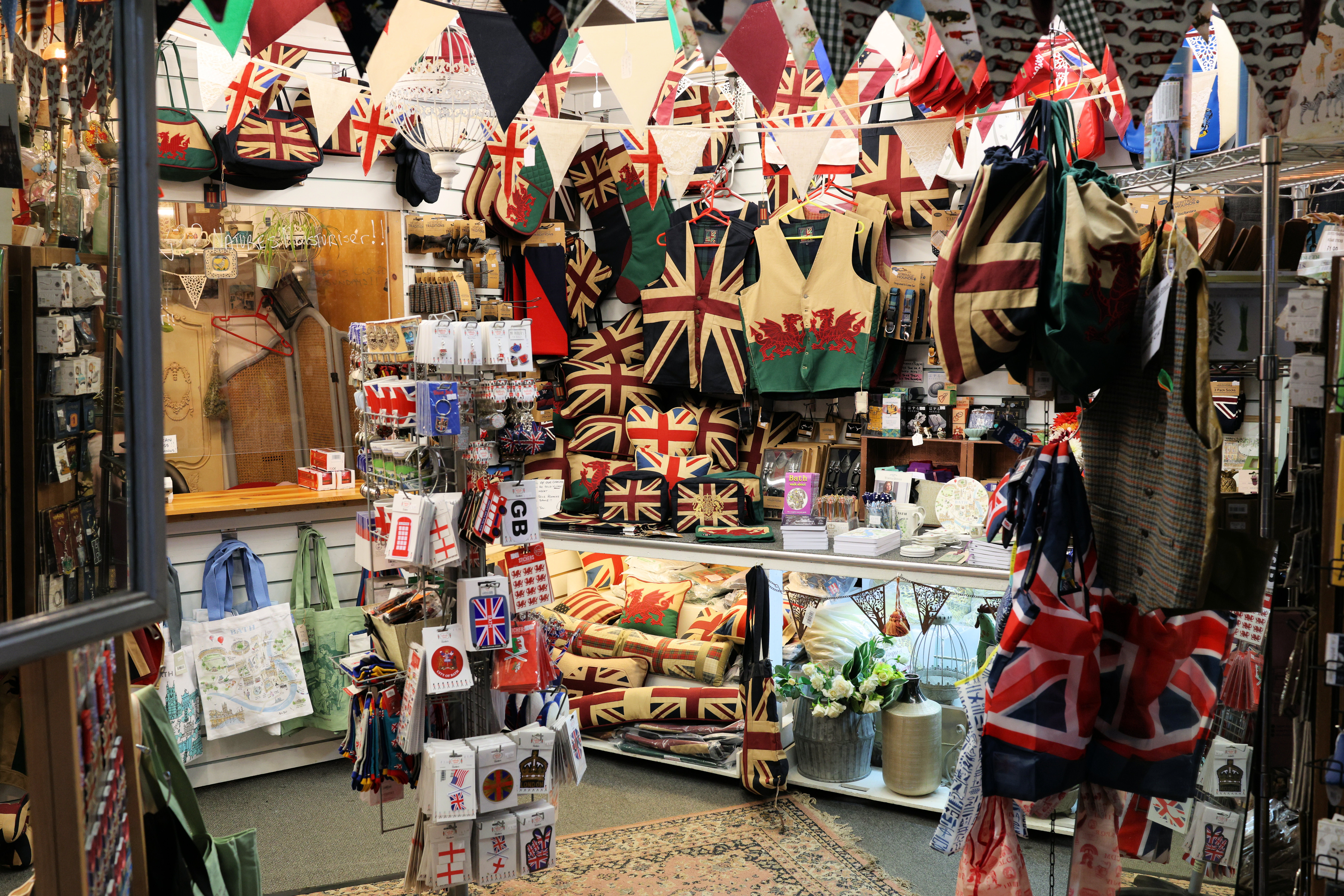


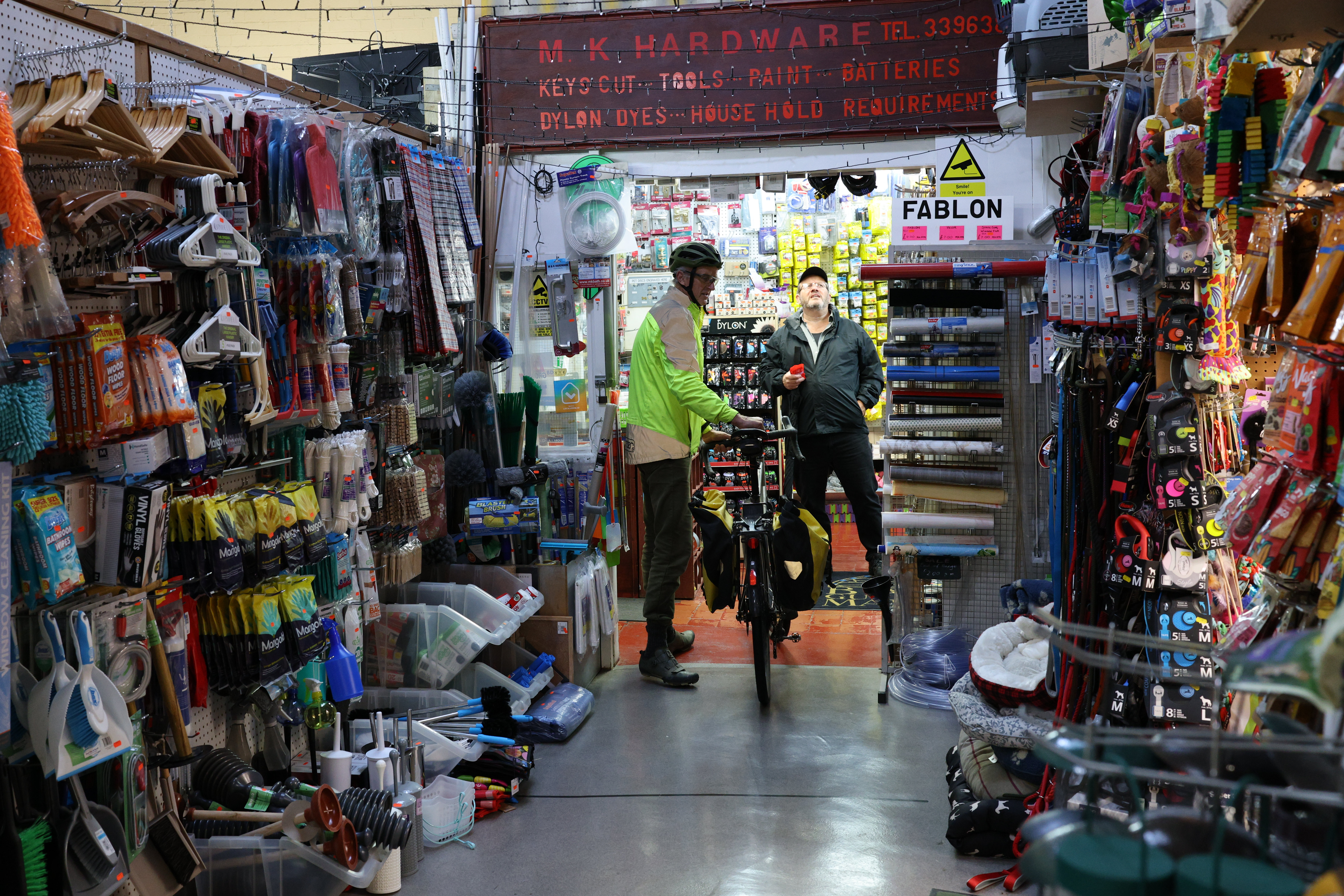


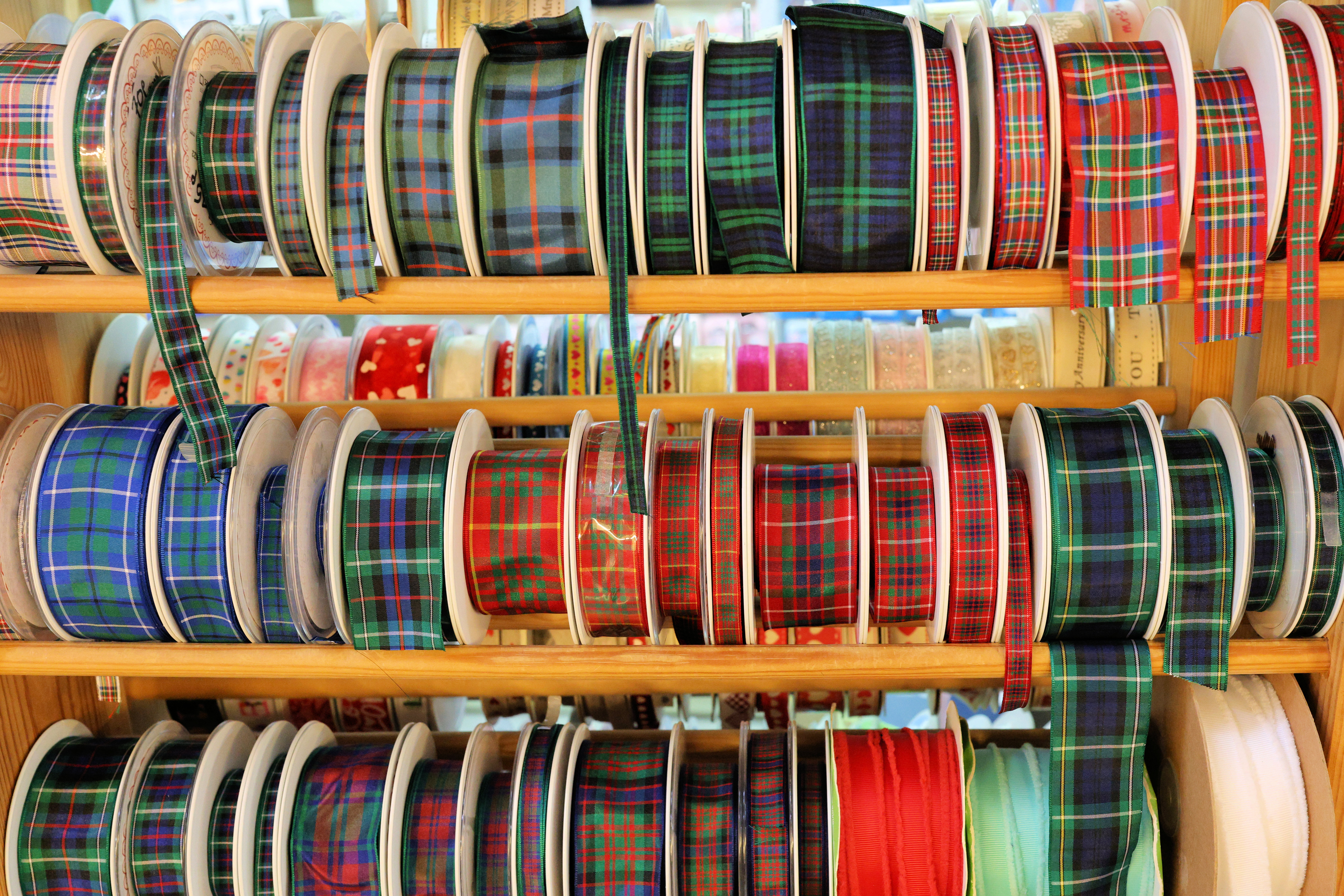












Canon RF 35mm F1.4L VCM: Lab Results
We run a range of lab tests under controlled conditions, using the Imatest Master testing suite. Photos of test charts are taken across the range of apertures and zooms (where available), then analyzed for sharpness, distortion and chromatic aberrations.
We use Imatest SFR (spatial frequency response) charts and analysis software to plot lens resolution at the center of the image frame, corners and mid-point distances, across the range of aperture settings and, with zoom lenses, at four different focal lengths. The tests also measure distortion and color fringing (chromatic aberration).
Sharpness:
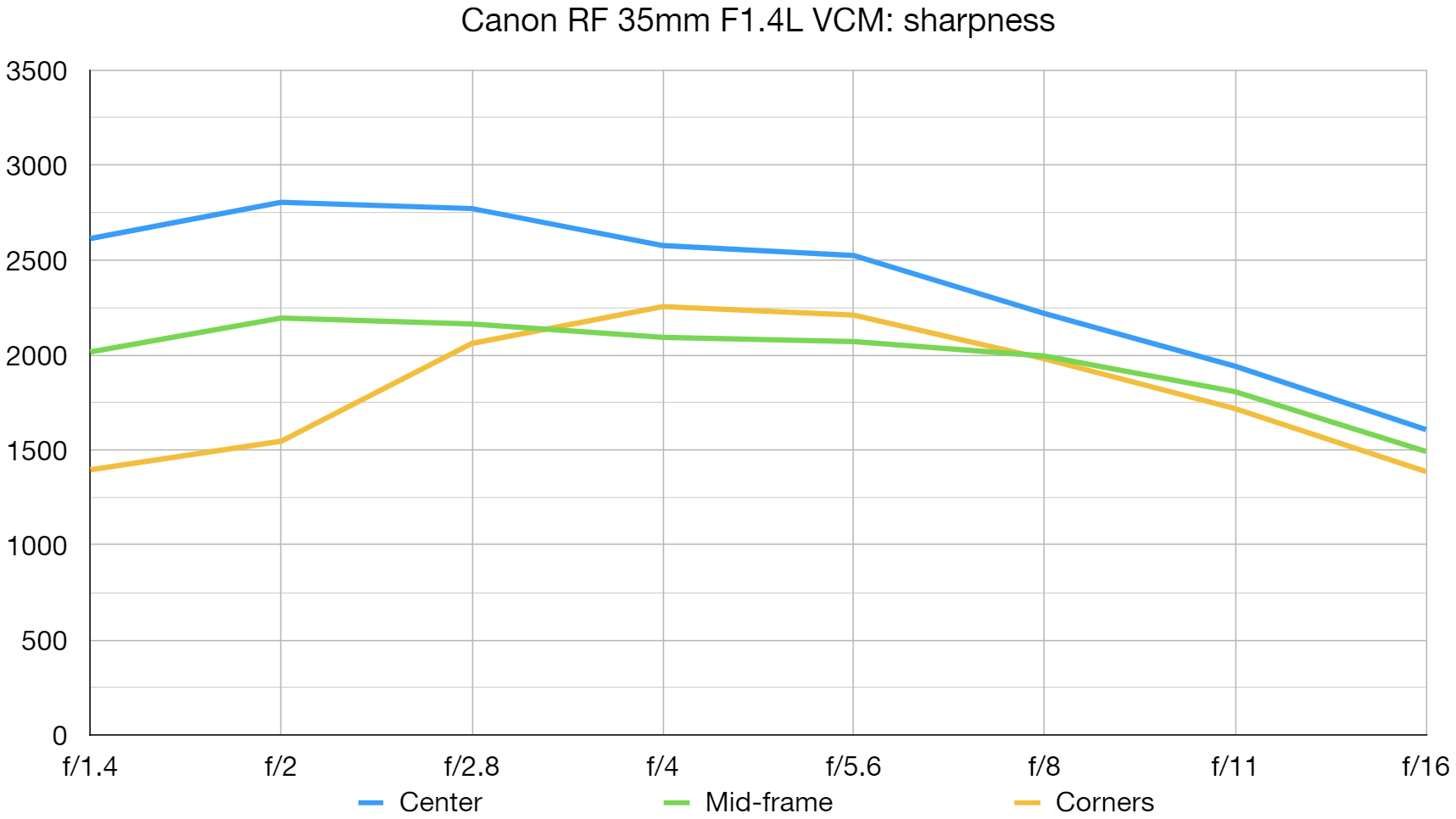
Sharpness at wide apertures is spectacular, easing ahead of the older EF lens. Levels of sharpness are also highly impressive from the center of the image frame right out to the extreme edges and corners. It remains excellent through almost the entire aperture range, only dropping off at the narrowest apertures due to diffraction.
Fringing:

Both axial and lateral chromatic aberrations are very minimal. It’s another facet of image quality where the lens does really well.
Distortion: -4.97
Barrel distortion is very much worse than with the older EF lens. Like many other lenses designed for mirrorless cameras, this one relies on automatic in-camera correction, which can’t be switched off in the camera body’s menu.
Canon RF 35mm F1.4L VCM: Verdict
I think that the Canon RF 35mm F1.4L VCM is destined to become an instant classic. It’s equally perfect for both stills and video, taking full advantage of Canon’s top-flight range of EOS R system cameras. Handling is sublime with a customizable control ring and function button. It’s a shame that the dedicated stepless aperture ring doesn’t work for stills photography when using all but the newest cameras, but hopefully firmware updates will take care of that. The autofocus system is superb and image quality is stunning. It’s a real winner.
| Features | Top-end features include a customizable control ring and function button, plus a dedicated stepless aperture ring. | ★★★★★ |
| Design | The design incorporates an excellent dual autofocus system and a particularly well-rounded 11-blade aperture diaphragm. | ★★★★★ |
| Performance | Image quality and all-round performance are superb although, like many recent lenses, it relies on in-camera correction for distortion. | ★★★★★ |
| Value | It’s certainly an expensive lens to buy but still undercuts the older EF lens for purchase price. | ★★★★ |
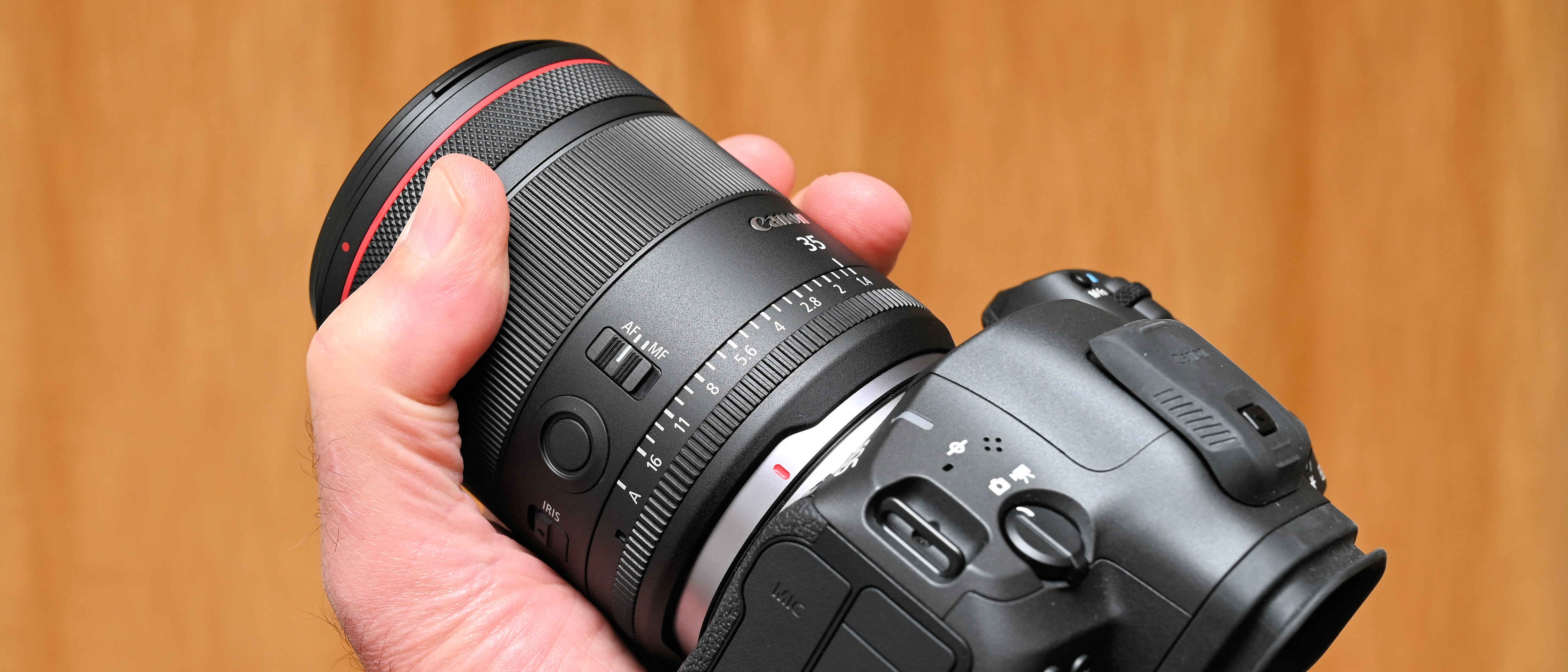
Should you buy the Canon RF 35mm F1.4L VCM?
✅ Buy this...
- You want a 35mm f/1.4 lens that works brilliantly well for both stills and video. This lens is equally excellent for both.
- You demand the very highest standard of image quality and, like many, find that a fast 35mm lens is a must-have for your kit bag.
🚫 Don't buy this...
- You’d rather spend less on a lens like the Sigma 35mm F1.4 DG HSM Art (EF mount), which you can use on EOS R system cameras via a mount adapter.
- You don’t feel the need for a fast f/1.4 aperture, in which case the Canon RF 35mm F1.8 IS Macro STM is much less expensive to buy.
Alternatives
The Canon RF 35mm F1.8 IS Macro STM is a fine lens that’s comparatively affordable and works really well for all sorts of photography, including extreme close-ups with 0.5x macro magnification at its shortest focus distance.
The Sigma 35mm F1.4 DG HSM Art has long been one of my favorite 35mm primes. It’s well engineered and delivers superb image quality. Sure, it’s designed for DSLRs but works well on mirrorless cameras via a mount adapter.
Matthew Richards is a photographer and journalist who has spent years using and reviewing all manner of photo gear. He is Digital Camera World's principal lens reviewer – and has tested more primes and zooms than most people have had hot dinners!
His expertise with equipment doesn’t end there, though. He is also an encyclopedia when it comes to all manner of cameras, camera holsters and bags, flashguns, tripods and heads, printers, papers and inks, and just about anything imaging-related.
In an earlier life he was a broadcast engineer at the BBC, as well as a former editor of PC Guide.

